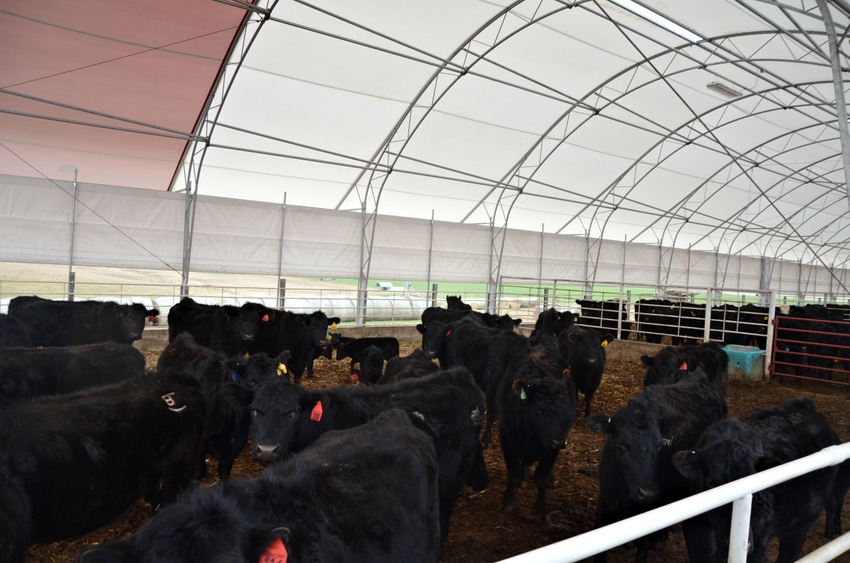January 13, 2017

In agriculture, we often hear the term "diversity" in regards to diversified agriculture or a diversified farming or ranching operation. But what does this mean when applied at the farm level? Many would define a diversified farming operation as one with more than one enterprise — and that may include livestock and a diverse cropping rotation. We hear about the benefits often — diversity spreads out risk, creates a management opportunity for younger generations, and in the case of livestock, can create a market for your grain enterprises while providing a valuable fertilizer to your cropping system.
This might mean growing corn for feed, grinding it and feeding it in a ration to calves raised in your cow herd. While agriculture in general across the U.S. has become more specialized, producers (including at the individual level) in Nebraska raise a multitude of different crops. And a number of smaller producers still fit into the farmer-feeder model, while a number of dairy producers, feedlot producers and wean-to-finish operations raise their own feed and apply the manure from the operation back on the land.
Now, with net farm income declining for the third year in a row in 2016, and a significant transition of wealth and assets to the next generation of ag producers to come, many are looking at bringing livestock back into the picture — including cattle, hogs and poultry.
The examples are numerous. In early January, I attended an open house for one of several pullet barns in the state of Nebraska to be built to raise birds under contract with Hendrix Genetics. Last spring, it was announced Costco had selected the Fremont area as a site to build a new state-of-the-art poultry processing plant, which would need 75 to 100 farmers with 400 houses — 320 of which will house broiler chickens — to meet demand. This spring, for the second year in a row, the Alliance for the Future of Nebraska Agriculture (AFAN) is hosting an annual Cow-Calf Symposium to the latest information on a new kind of cow-calf system — raising pairs in enclosed spaces like dry lots or hoop buildings.
For young people interested in farming, land is hard to come by. Building a livestock facility provides a means of getting into the business without the added expense of a land investment.
There's also the benefit of free fertilizer in the form of manure, contributing to soil organic matter and overall soil productivity. Poultry farms may not be as prominent in Nebraska as they are in the Southeast or Delmarva regions, but in the northeast part of the state, where most of the state's poultry farms are located to date, some soybean growers have reported a 8-bushel yield increase by applying poultry litter that's been dried and pressed into pellet form — a product referred to locally as "cluck.”
Of course, that's not to say that diversification has only one component to it. Livestock is definitely one tool in the toolbox, but a diverse cropping rotation also plays a part for those operations where it makes sense. In Nebraska, researchers have been focusing their attention on different crops that have been gaining popularity. This includes yellow field peas and sorghum for grain, forage and energy.
As new tools come down the pipeline, they play a key role in diversification opportunities to boost bottom lines. In the case of livestock, some producers in Nebraska are realizing the advantage of bringing an old diversification tool back to the farm. As one cow-calf and row crop producer put it to me at a hog barn open house a in early 2016, bringing livestock into the picture provides a "way to go back to the old way of farming" — just in a modernized production system.
You May Also Like




